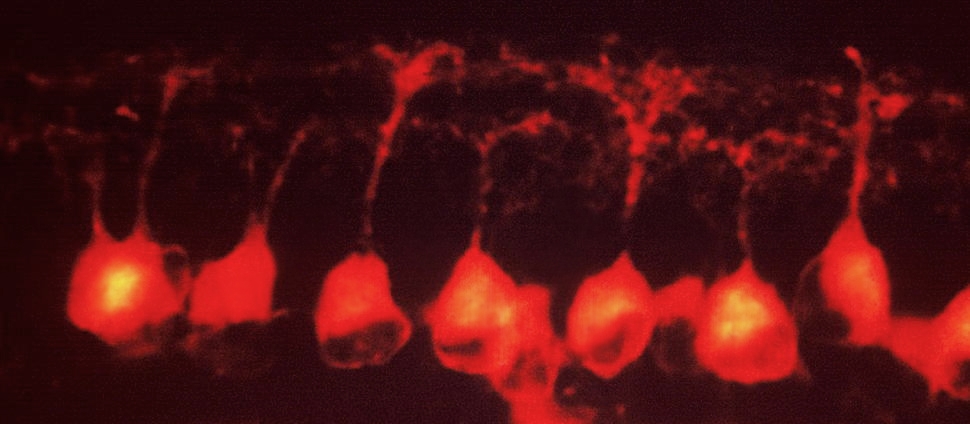Document Type
Article
Publication Date
6-1-2018
Publication Title
NeuroImage
Abstract
Growing evidence suggests that childhood socioeconomic status (SES) influences neural development, which may contribute to the well-documented SES-related disparities in academic achievement. However, the particular aspects of SES that impact neural structure and function are not well understood. Here, we investigate associations of childhood SES and a potential mechanism—degree of cognitive stimulation in the home environment—with cortical structure, white matter microstructure, and neural function during a working memory (WM) task across development. Analyses included 53 youths (age 6–19 years). Higher SES as reflected in the income-to-needs ratio was associated with higher parent-reported achievement, WM performance, and cognitive stimulation in the home environment. Although SES was not significantly associated with cortical thickness, children raised in more cognitively stimulating environments had thicker cortex in the frontoparietal network and cognitive stimulation mediated the assocation between SES and cortical thickness in the frontoparietal network. Higher family SES was associated with white matter microstructure and neural activation in the frontoparietal network during a WM task, including greater fractional anisotropy (FA) in the right and left superior longitudinal fasciculi (SLF), and greater BOLD activation in multiple regions of the prefrontal cortex during WM encoding and maintenance. Greater FA and activation in these regions was associated higher parent-reported achievement. Together, cognitive stimulation, WM performance, FA in the SLF, and prefrontal activation during WM encoding and maintenance significantly mediated the association between SES and parent-reported achievement. These findings highlight potential neural, cognitive, and environmental mechanisms linking SES with academic achievement and suggest that enhancing cognitive stimulation in the home environment might be one effective strategy for reducing SES-related disparities in academic outcomes.
Keywords
Academic achievement, Cognitive stimulation, Frontoparietal network, Functional MRI, Socioeconomic status, White matter
Volume
173
First Page
298
Last Page
310
DOI
10.1016/j.neuroimage.2018.02.043
ISSN
10538119
Version
Author's Accepted Manuscript
Recommended Citation
Rosen, Maya L.; Sheridan, Margaret A.; Sambrook, Kelly A.; Meltzoff, Andrew N.; and McLaughlin, Katie A., "Socioeconomic Disparities in Academic Achievement: A Multi-Modal Investigation of Neural Mechanisms in Children and Adolescents" (2018). Neuroscience: Faculty Publications, Smith College, Northampton, MA.
https://scholarworks.smith.edu/nsc_facpubs/148


